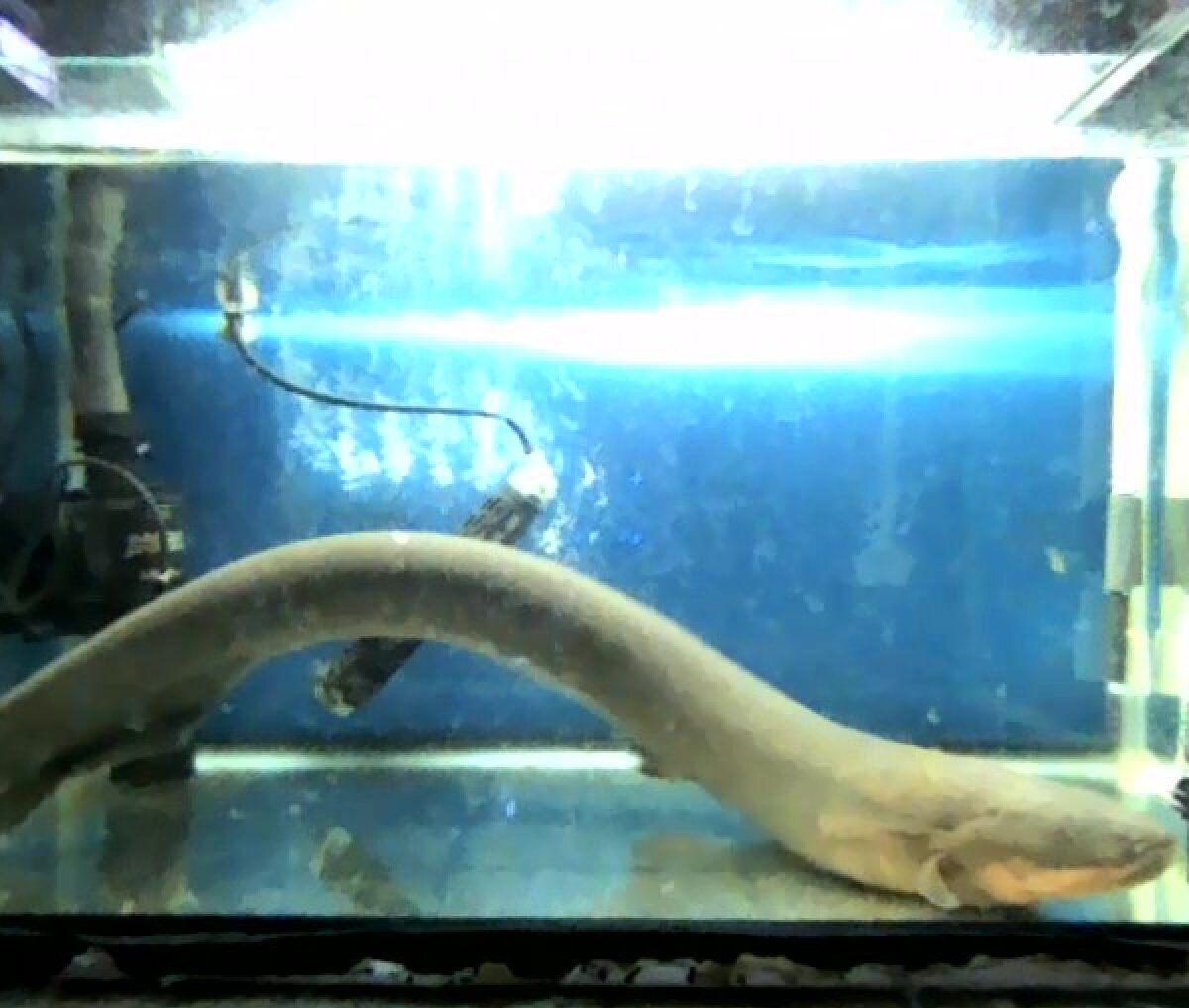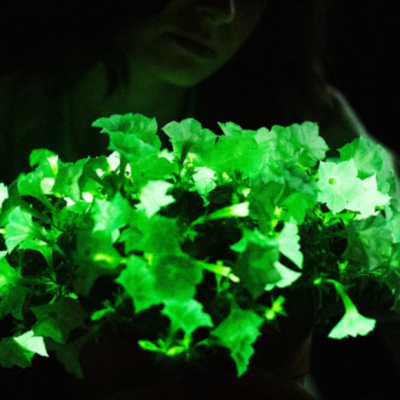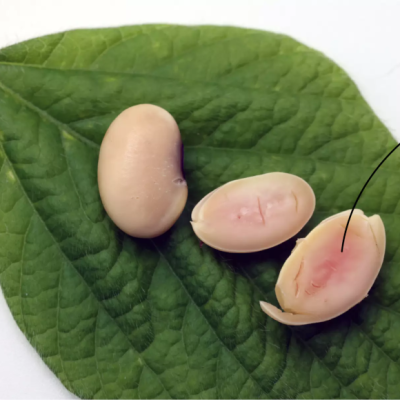Electric bonefish have been found to be capable of causing electroporation in their natural environment, according to a new study by researchers at Nagoya University in Japan. Electroporation involves the application of an electric field to cells to increase the permeability of their cell membrane, allowing the introduction of foreign DNA. This technique is used to create knockout mice for research experiments, as well as for tumor treatment and gene and cell-based therapies.
The researchers found that electric bonefish in the Amazon could act as a power source, with organisms in the environment acting as recipient cells. Released DNA fragments could become foreign genes in the water, causing genetic recombination in surrounding organisms due to electrical discharges. The study also found that the electric discharge of the bonefish promoted gene transfer in cells, suggesting that electric bonefish and other electricity-generating organisms could influence genetic modifications in nature.
The researchers placed a bonefish in a freshwater tank with six-day-old zebrafish larvae. DNA carrying green fluorescent protein (GFP) was added to the water, and when a stunned goldfish was lowered into the tank, the bonefish discharged an electric organ discharge (EOD) and consumed the goldfish. The researchers then examined the zebrafish larvae under a stereomicroscope and found that 5.3% of the larvae had GFP-positive cells.
The study provides evidence for environmental gene transduction, but the researchers note that further research is needed to explore the inheritance of transgenesis mediated by electrical discharge in natural habitats. The researchers believe that their discoveries could lead to breakthroughs in understanding the complexity of living organisms in the future.










